Ignis
Of the five known planets orbiting around Alpha Centauri A, ignis is the smallest and closest planet to the star. The surface temperature reaches unwelcoming temperatures on the side that faces towards Alpha Centauri A. The planet itself is a barren world and is seen to be very dusty.
The surface
Volcanic activity around the surface is seen from afar - cracks the size of the entires circumference of Ignis itself is surrounding the equator. The volcanic activity is due to the immense force the planet feels when orbiting a star so close, gravity pulls the planet towards the star and creates giant ripples in the material. Friction for the pulling keeps the core from turning cold - the warm liquid hasn't got a chance to cool down. Temperatures on the surface variates between the extreme temperatures -137.15 Celsius and 426.85 Celsius. The most extreme case is when looking at the difference in temperature is comparing the surface turned against Alpha Centauri A and the surface turning away from the star. Here the difference is 564 Celsius.Orbit
Ignis' orbit has an elongated shape (oblong oval). This makes the seasons on Ignis very extreme. When closest to Alpha Centauri A, temperatures reach unbearable heights and the surface facing the star is boiling. When the orbit reaches its farthest point, the planet has a chance to cool down for a moment. These conditions make it hard for the core of the planet to cool down like the Earth's core has.Physical characteristics
Diameter:
4756 kmSurface gravity:
0.41 g (0.41 times the gravity we feel on Earth)Surface temperature:
| Min | Mean | Max |
| 100 kelvin | 340 kelvin | 700 kelvin |
| - 137.15 Celsius | 66.85 Celsius | 426.85 Celsius |
Days (Lenght)
One day on Ignis equals to 2.9 days on Earth. That means, that in one year, Ignis will have seen 17.6 sunrises.Orbit
51.23 days
Type
Planet





Comments